Insulin Resistance: Know the Signs
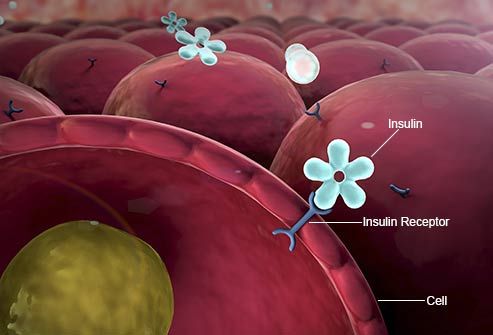
What Is It?
Insulin is a hormone that acts like a key. It unlocks your cells to let in glucose (a kind of sugar) from your blood to make energy. Sometimes, this lock-and-key process doesn't work. Then glucose builds up in your blood, even when you make more insulin. Scientists have some ideas, but they aren't sure why your cells stop responding.
Swipe to advance

2
/
12
Symptoms
Usually, you won't have any. You could have this condition for a long time and not know it. People with severe insulin resistance sometimes get dark patches of skin on their necks, elbows, knees, hands, and armpits.
Swipe to advance

3
/
12
What Puts You at Risk?
Your chances of becoming insulin resistant go up if you're overweight, don't get enough exercise, have high blood pressure, or you smoke.
Swipe to advance
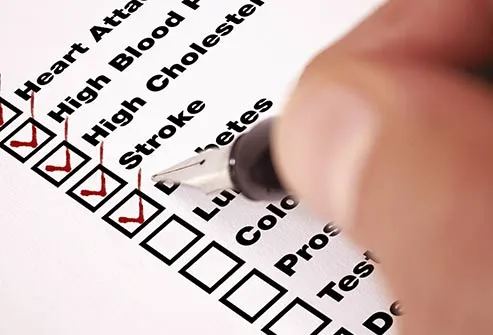
4
/
12
Blood and Heart Trouble
Some issues with your blood system can also increase the likelihood of getting insulin resistance, including low HDL "good" cholesterol, high levels of a kind of fat called triglycerides in your blood, heart disease, a previous stroke, and blood vessel disease in your neck or legs.
Swipe to advance

5
/
12
Your Family History Plays a Role
People with an African American, Hispanic/Latino, Native American, Asian American, or a Pacific Islander heritage are more likely to become resistant to insulin. If your parent, brother, or sister has type 2 diabetes, your risk is higher. If your mother had diabetes while she was pregnant with you (gestational diabetes), your risk also goes up.
Swipe to advance
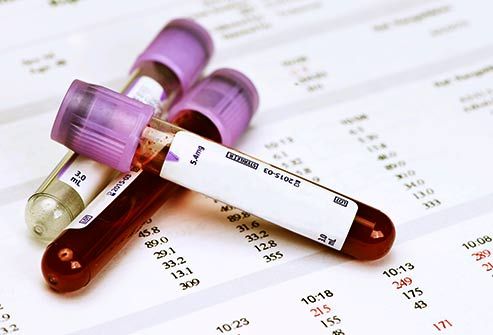
6
/
12
Diagnosis
The test for insulin resistance is complicated and uncomfortable, so instead, your doctor will probably test you for prediabetes (blood sugar that's higher than it should be). A lab can check the level of glucose in your blood after you haven't eaten for a while, or find an "average" blood sugar level for the past few months. Numbers that are higher than normal suggest you're insulin resistant.
Swipe to advance
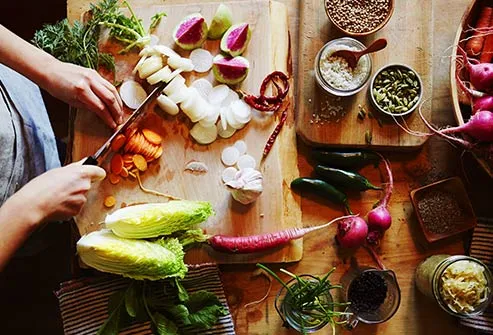
7
/
12
Can Become Diabetes
It's hard on your pancreas to keep cranking out extra insulin to try to get glucose into your body's cells. Eventually, the cells that make insulin can burn out, leading to prediabetes and type 2 diabetes. If you catch insulin resistance early and make changes to your lifestyle, you may stop that from happening.
Swipe to advance

8
/
12
Eat Right
Cut back on sweets, refined grains, and animal fats, and have lots of vegetables, fruits, and whole grains. That kind of eating plan will help you get to and stay at a healthy weight. It also helps your cells use insulin better. The DASH diet, for people with high blood pressure, is a good example. It includes cutting down on salt, too. It can lower insulin resistance, especially if you slim down and become more active while you're at it. Studies have also shown a link between low vitamin D and your body not using insulin well.
Swipe to advance
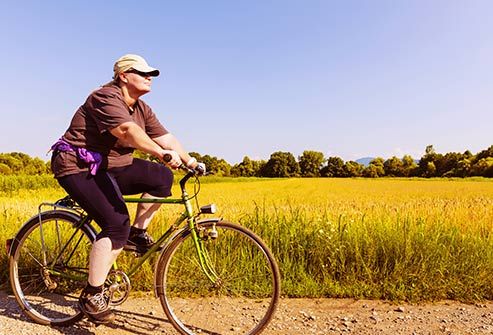
9
/
12
Get Moving
Physical activity goes a long way toward fighting insulin resistance. Like a healthy diet, it helps you lose weight. Exercise also helps your cells use insulin, especially in your muscles. Aim for at least 30 minutes of activity a day, most days of the week. Your heart should beat faster, and you should breathe a little harder.
Swipe to advance

10
/
12
Medication
Lifestyle changes are the best treatment for insulin resistance. But if you have the condition and are very likely to get type 2 diabetes, your doctor may also want you to try the drug metformin. It can prevent or delay type 2 for younger, heavier people with a very high chance of getting it. Metformin may also help hold off type 2 for women who've had gestational diabetes.
Swipe to advance
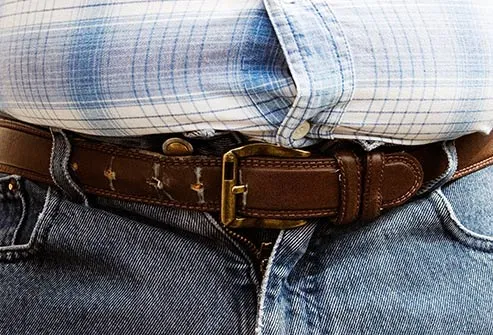
11
/
12
Metabolic Syndrome
Insulin resistance is part -- but not all -- of this condition. People with metabolic syndrome have at least three of these traits: a large waist, high triglycerides, low HDL cholesterol, high blood pressure, and blood glucose that is higher than normal. It raises your chances for diabetes, heart disease, and stroke.
Swipe to advance

12
/
12
Related Illnesses
People with insulin resistance often have slightly higher levels of inflammation throughout their bodies. Other conditions have this inflammation, too. Insulin resistance is linked to heart and blood vessel disease, blood clots in your arteries, kidney disease, liver disease, polycystic ovary syndrome (PCOS), and rheumatoid arthritis.
Swipe to advance
- Get link
- X
- Other Apps